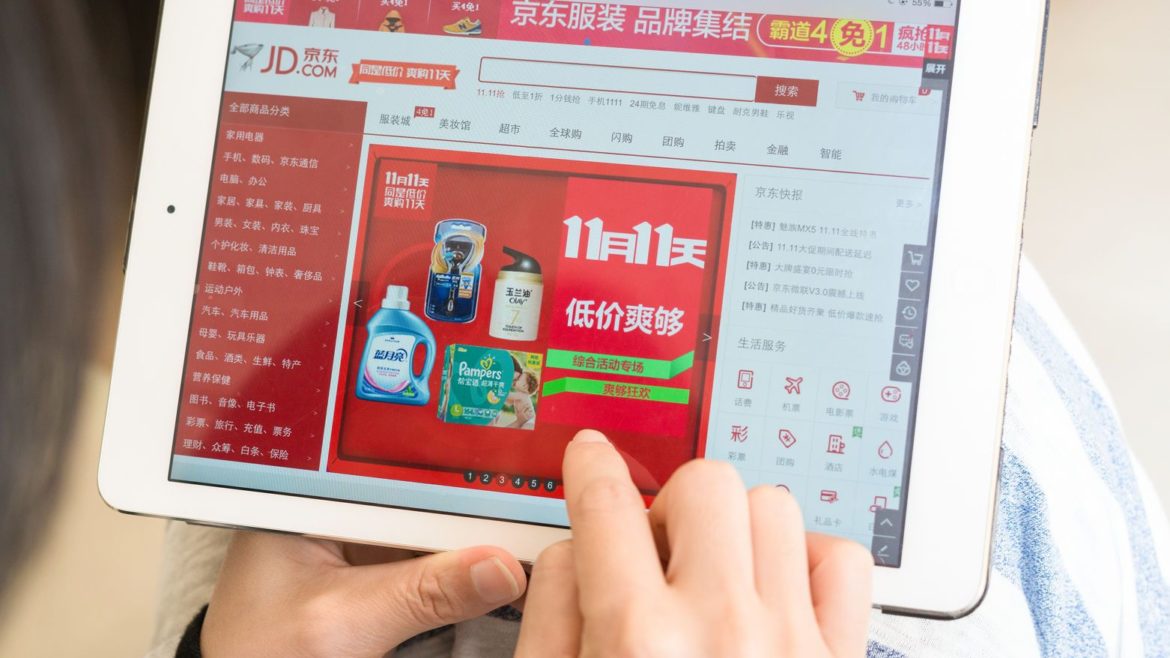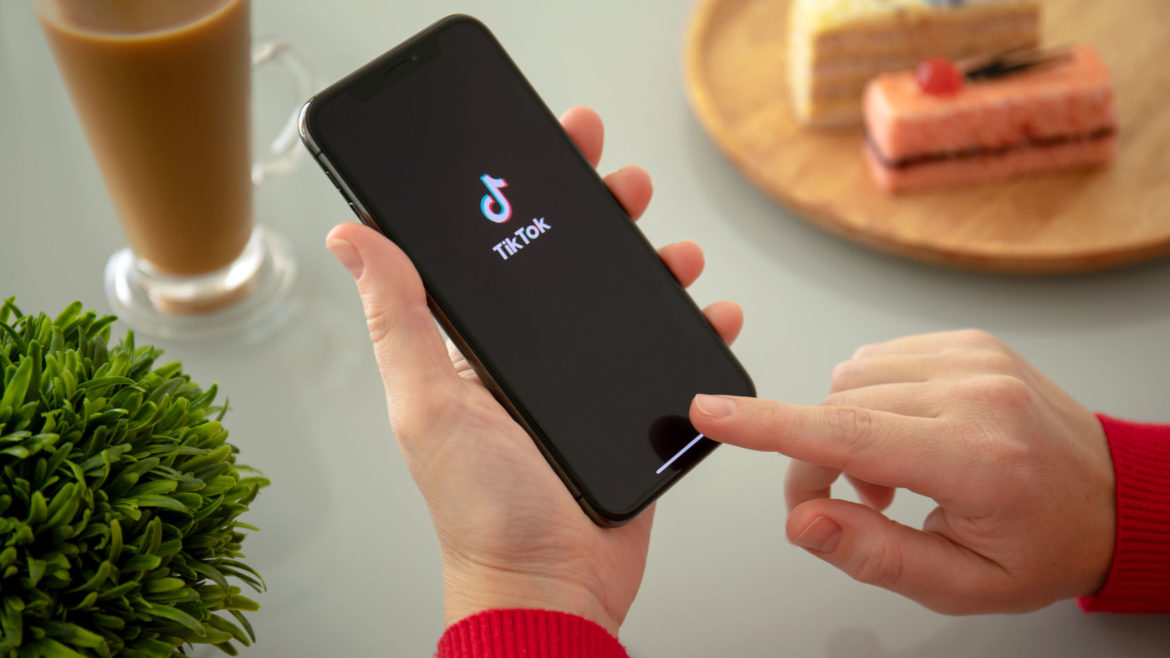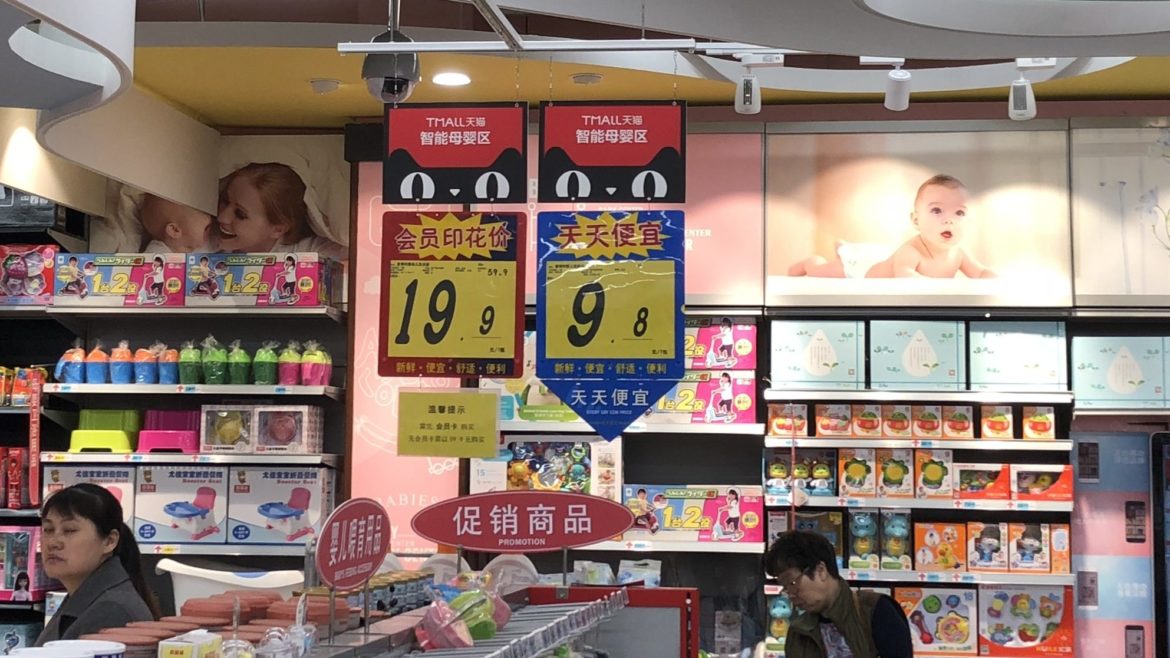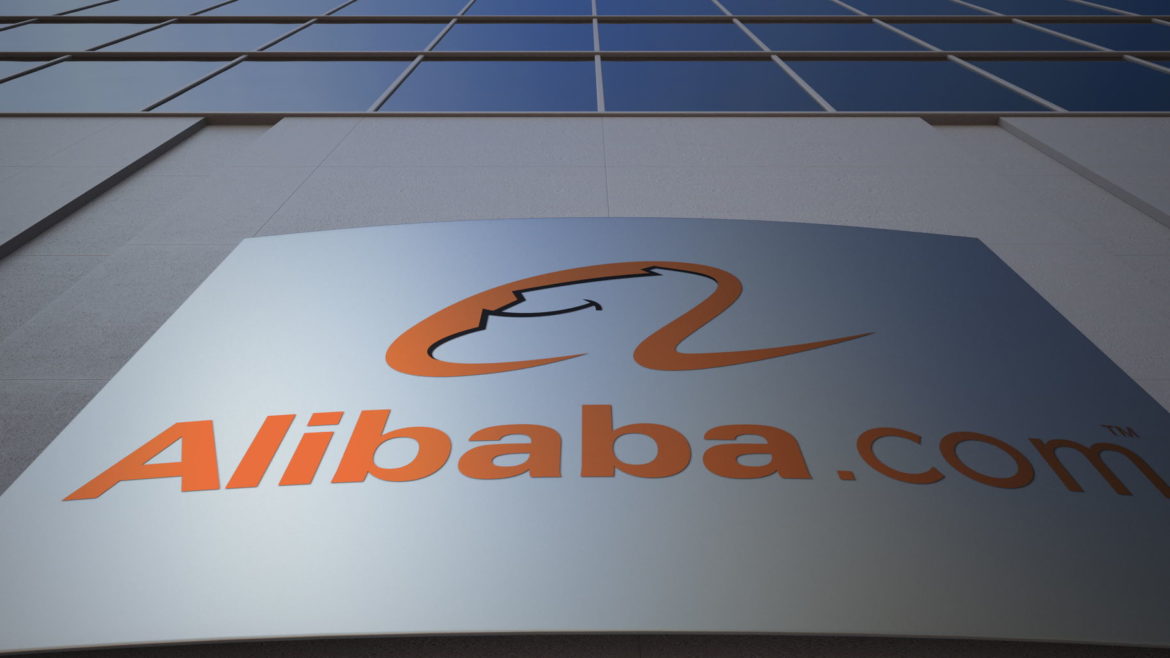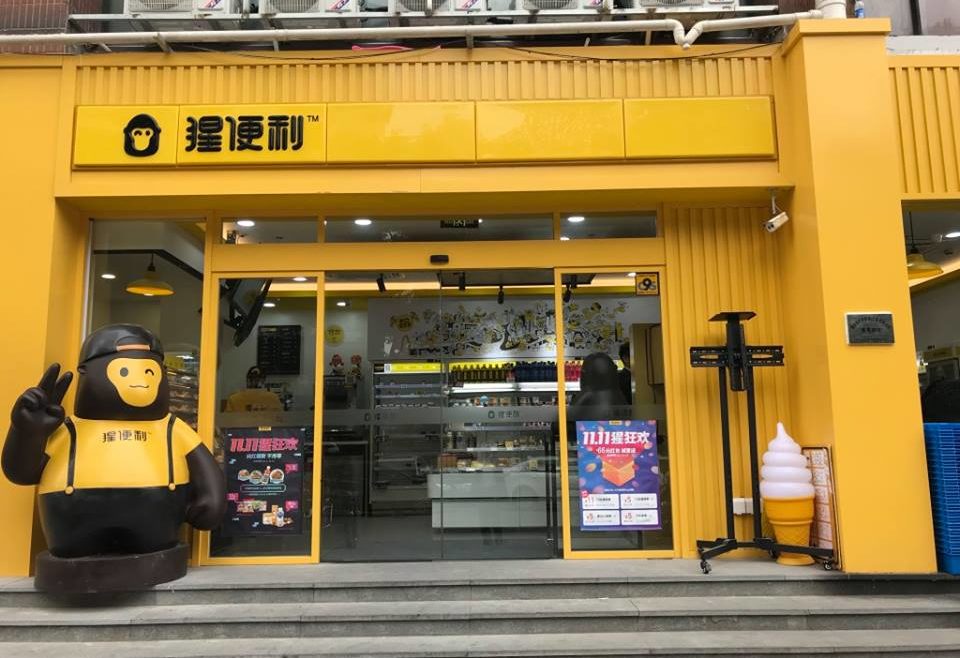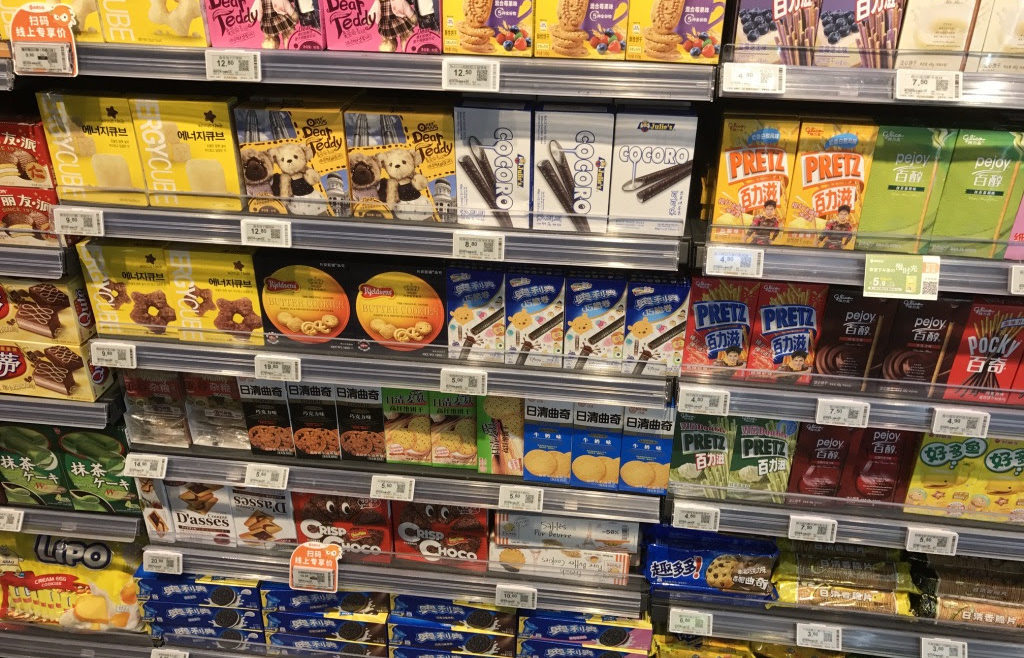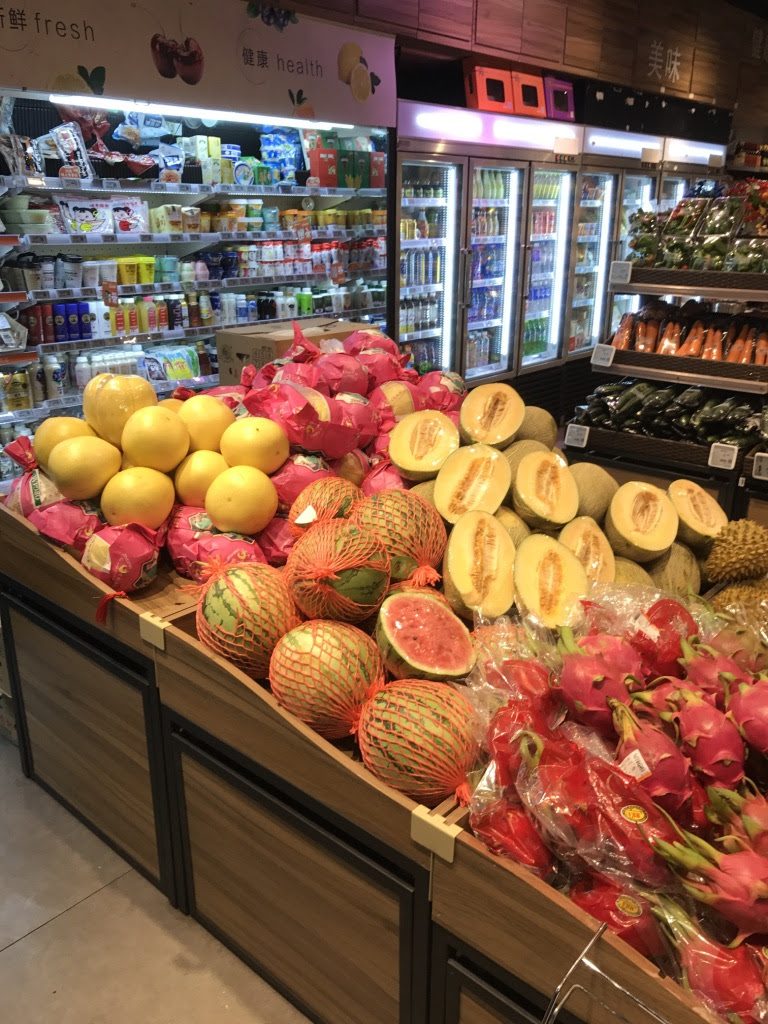The last-mile delivery market, which stems directly from the e-commerce sector, has grown considerably in China and was estimated to be worth over $250bn in 2018, indicating a significant change in consumer behaviour as we become accustomed to having all manner of products delivered to us at any time. Altavia Key Account Manager Stéphane Joly helps shed some light on this trend.
Being able to have pretty much anything delivered to you at any hour of the day or night has become the norm in China, where millions of customers’ relationships with the delivery sector have changed with the increasing digitalisation of the retail sector. The local delivery market has truly sky-rocketed, experiencing more than twice the level of growth of the e-commerce sector itself (56% and 24% respectively between 2017 and 2018).
“Sales outlets are finding that they have to open more or less 24/7 to meet the needs of an elusive consumer who can order a meal at any time of the day or night these days”, Stéphane Joly explains, “with restaurants now employing chefs to work from morning to night, ready to spring into action whenever an order comes in”.
3 major home delivery companies
There are 3 giants who currently share the monopoly over last-mile logistics in China, representing the fierce war that is waging between Alibaba and Tencent.
Ele.me (Alibaba): this platform, the name of which is Mandarin for ‘Are you hungry?’, is used by some 170 million Internet-users and delivers for Starbucks, health & beauty store Watsons, cinemas and restaurants, among other companies.
Koubei (Alibaba): this site boasts some 160 million users who use it to book cinema tickets and spa treatments, as well as ordering meals, among other things.
Meituan (Tencent): this company, which originally specialised in group buying, has since grown considerably and now offers all sorts of delivery services.
“Any sales outlet, restaurant, cinema, etc. can register on these platforms, regardless of its size”, Stéphane Joly explains. “They simply pay a small fee for each transaction completed in return for access to a market of millions of potential customers, and delivery is free for the end-customer, too”.
A meal delivered in under 30 minutes
Ordering meals for delivery has become a way of life, and Chinese consumers can do so several times a day, in fact. Once the order has been placed on one of the corresponding platforms, the ready-to-serve meal is delivered within a maximum of 30 minutes. “What’s surprising about China is that it’s not unusual to see very little difference in turnover between physical restaurants and delivery services!”.
Succumbing to the new diktat
All physical retailers are now also finding themselves forced to offer a fast and efficient delivery service, with Auchan-RT-Mart, Carrefour-Suning and Hema (Alibaba), for example, all succumbing to this new consumer diktat. “Retailers have no choice but to register on Ele.me, Koubei or Meituan, giving them access to a market of over 150 million users, if they want to survive. Then, of course, they just have to make sure they are flawless, since negative reviews and comments posted on platforms by unhappy consumers can have devastating effects”.
A market with a very bright future
Whilst this new consumption pattern comes at a certain cost where the platforms are concerned (in terms of staff, packaging, shipping, etc.) and ‘super apps’ such as Ele.me, Koubei and Meituan are far from profitable (despite being valued at tens of billions of US$), local delivery volumes are such that the market has plenty of momentum left in it yet, and the thousands of drivers employed in the sector (and who have no social status!) will no doubt continue to risk life and limb on their mopeds to make sure we get our meals in under 30 minutes for many years to come. But what about all these tonnes of plastic packaging that in a matter of minutes becomes waste that cannot be recycled? Let’s hope that further thought will be given to the environmental aspect in the near future and that viable alternatives can be sought.


